Optimal Seasons for Foundation Repairs
Foundation repairs are most effective when performed during specific times of the year, typically when weather conditions are stable. Dry seasons with minimal rainfall reduce the risk of soil movement that can interfere with repair processes. Additionally, moderate temperatures help materials cure properly and ensure the longevity of repairs.
Timing is crucial because soil expands and contracts with moisture levels, which can cause shifts in the foundation. Repair work during periods of consistent weather minimizes these movements, leading to more durable results. It is recommended to schedule foundation assessments and repairs in late spring or early fall when soil moisture levels are moderate.
Spring and fall are ideal due to moderate weather and soil conditions, reducing the risk of complications during repairs.
Heavy rain or extreme cold can hinder repair work and affect material curing, making weather considerations essential.
Cracks widening, uneven flooring, and sticking doors may require urgent attention regardless of season.
Ensure proper scheduling during dry periods to allow sufficient time for curing and settling.
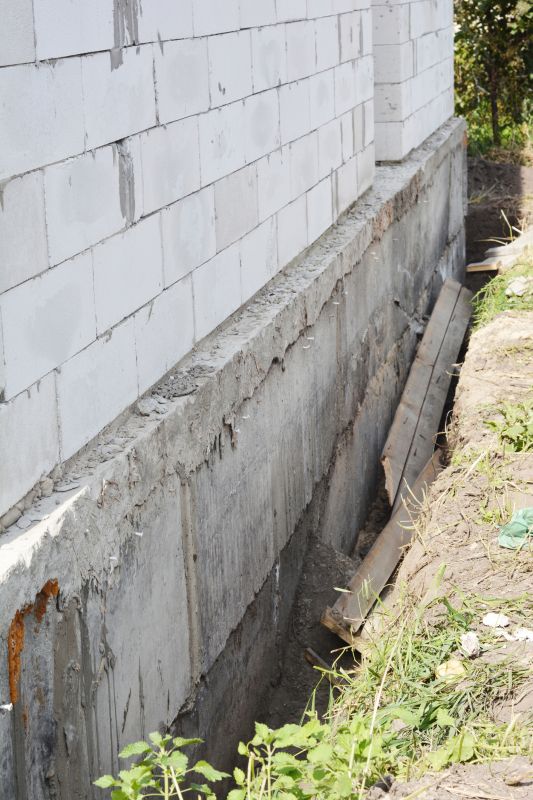
A detailed process involving assessment, soil stabilization, and structural reinforcement.

Visual evidence of repair effectiveness and structural improvements.
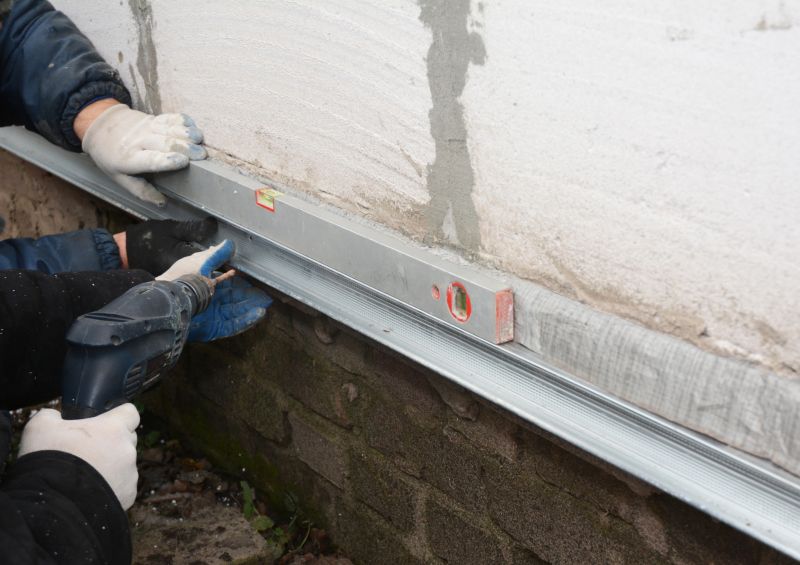
Specialized equipment for lifting, underpinning, and stabilization.

Ways to make Foundation Repairs work in tight or awkward layouts.
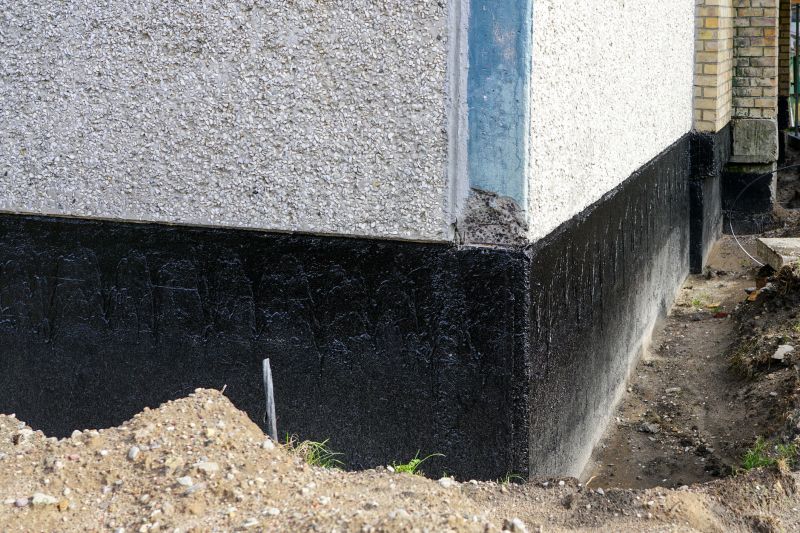
Popular materials for Foundation Repairs and why they hold up over time.
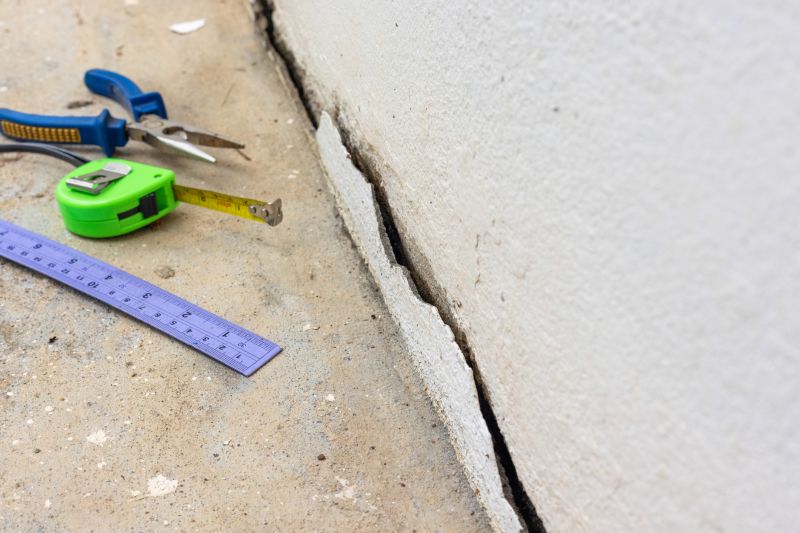
Simple add-ons that improve Foundation Repairs without blowing the budget.
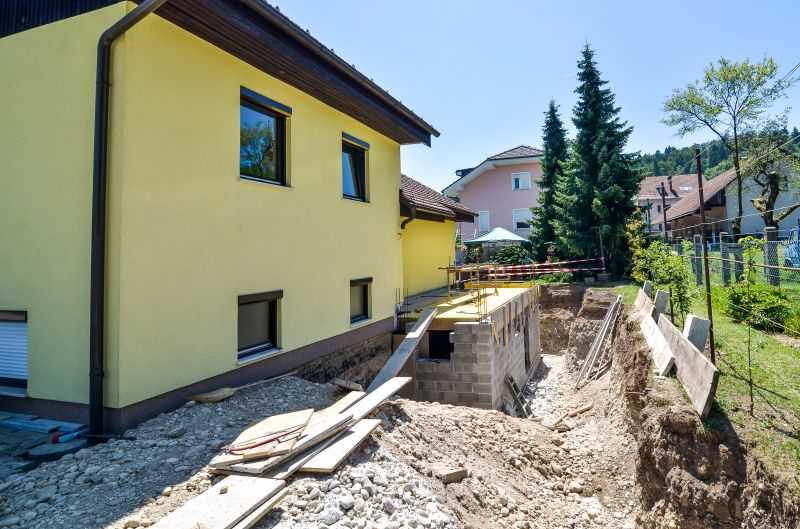
High-end options that actually feel worth it for Foundation Repairs.
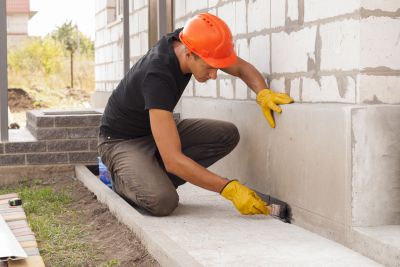
Finishes and colors that play nicely with Foundation Repairs.
| Season | Ideal Conditions |
|---|---|
| Spring | Moderate soil moisture, mild temperatures |
| Summer | Potential for dry soil, but watch for heat stress |
| Fall | Stable soil moisture, cooler temperatures |
| Winter | Cold weather can delay or complicate repairs |
Foundation repairs involve various techniques to correct issues such as settling, cracking, and shifting. These repairs are crucial for maintaining the structural integrity of a building. Soil conditions, moisture levels, and weather patterns significantly influence the success of repair projects. Proper timing ensures that repairs are durable and effective, preventing further damage and costly future repairs.

Sealing and reinforcing cracks to prevent water intrusion and further damage.
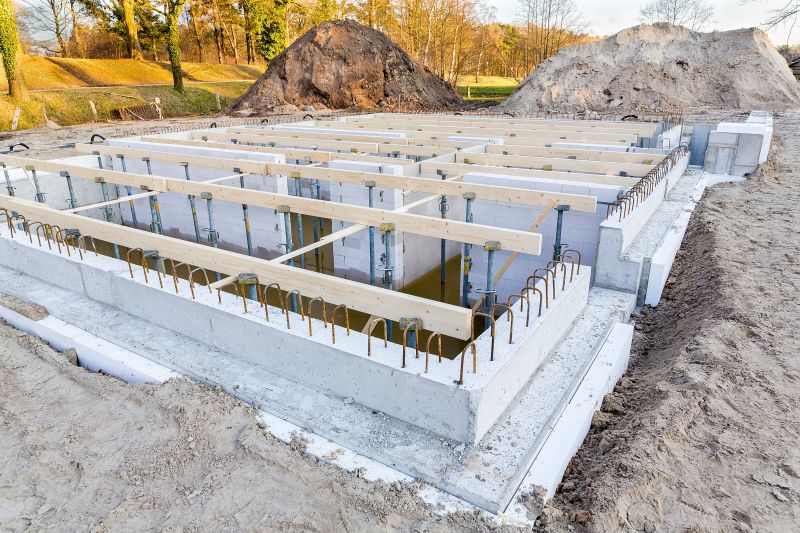
Lifting and supporting foundations to restore stability.

Methods to prevent soil movement that can impact foundations.
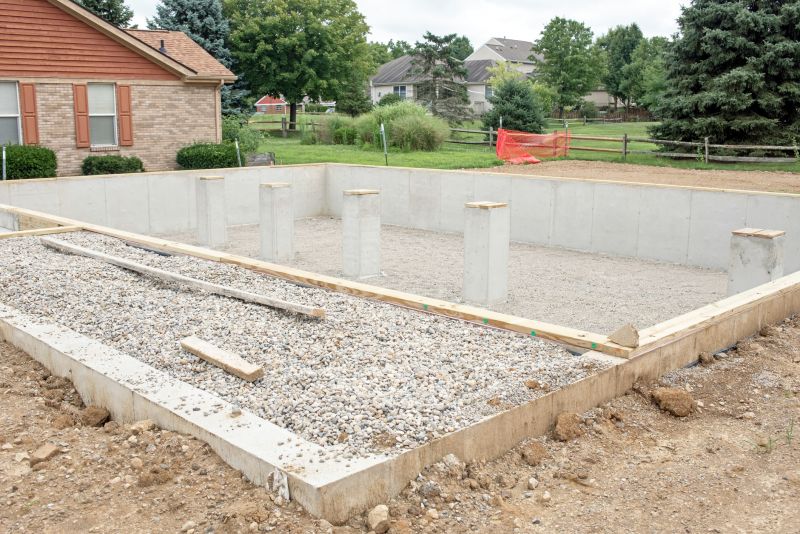
Deepening or reinforcing the foundation to improve support.
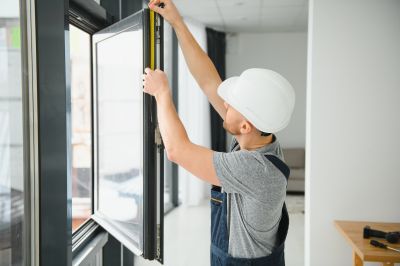
Little measurements that prevent headaches on Foundation Repairs day.
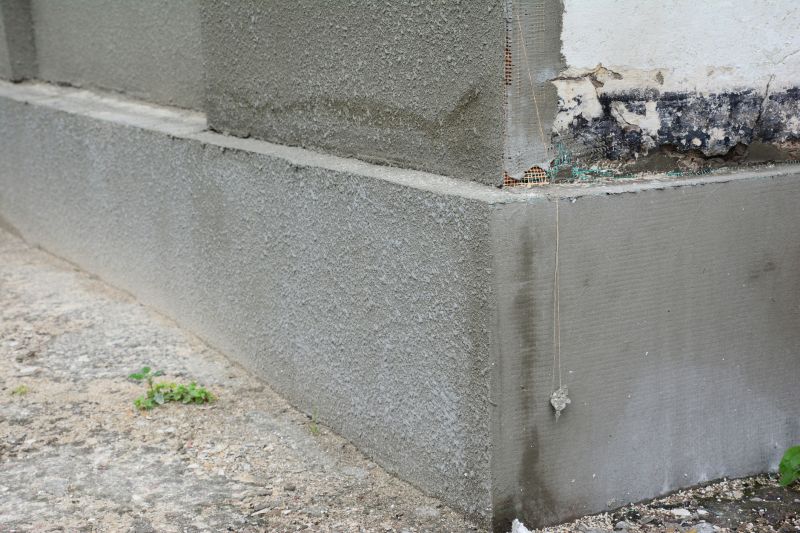
A 60-second routine that keeps Foundation Repairs looking new.
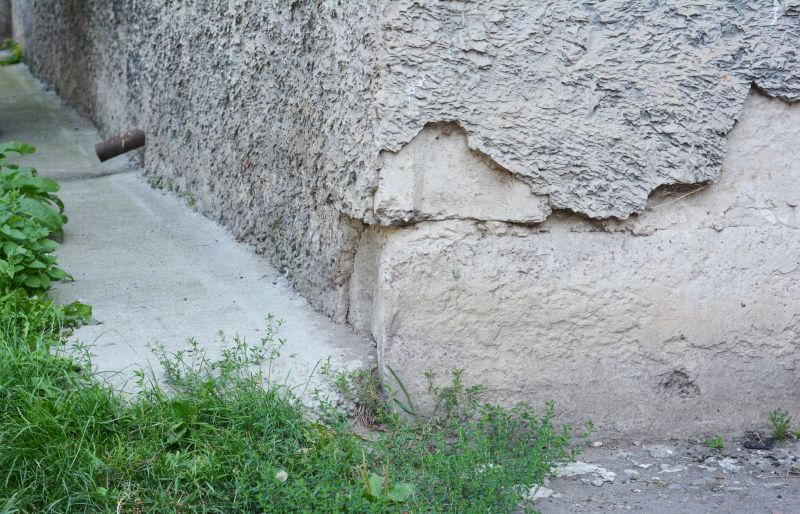
A frequent mistake in Foundation Repairs and how to dodge it.
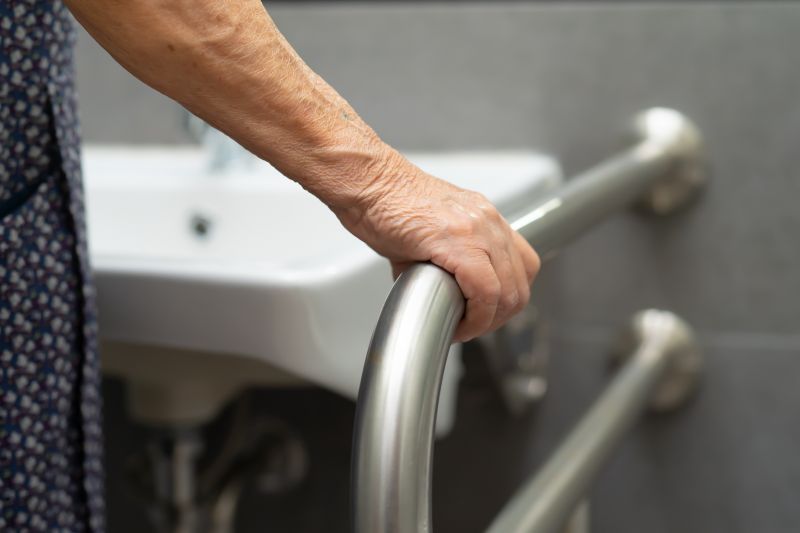
Small tweaks to make Foundation Repairs safer and easier to use.
Timely foundation repairs can significantly extend the lifespan of a structure. Regular inspections and understanding seasonal impacts help in planning effective repair strategies. Addressing foundation issues early reduces the risk of interior damage, mold growth, and structural failure, safeguarding property value and safety.
Interested property owners in Geneva, IL, are encouraged to contact for assessments and repair options. Proper timing and professional intervention are key to ensuring long-term stability and safety of the building structure.

